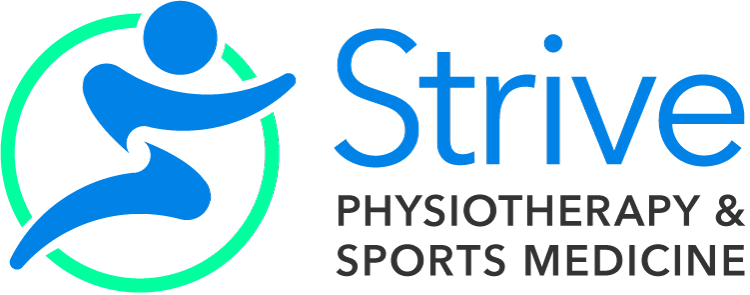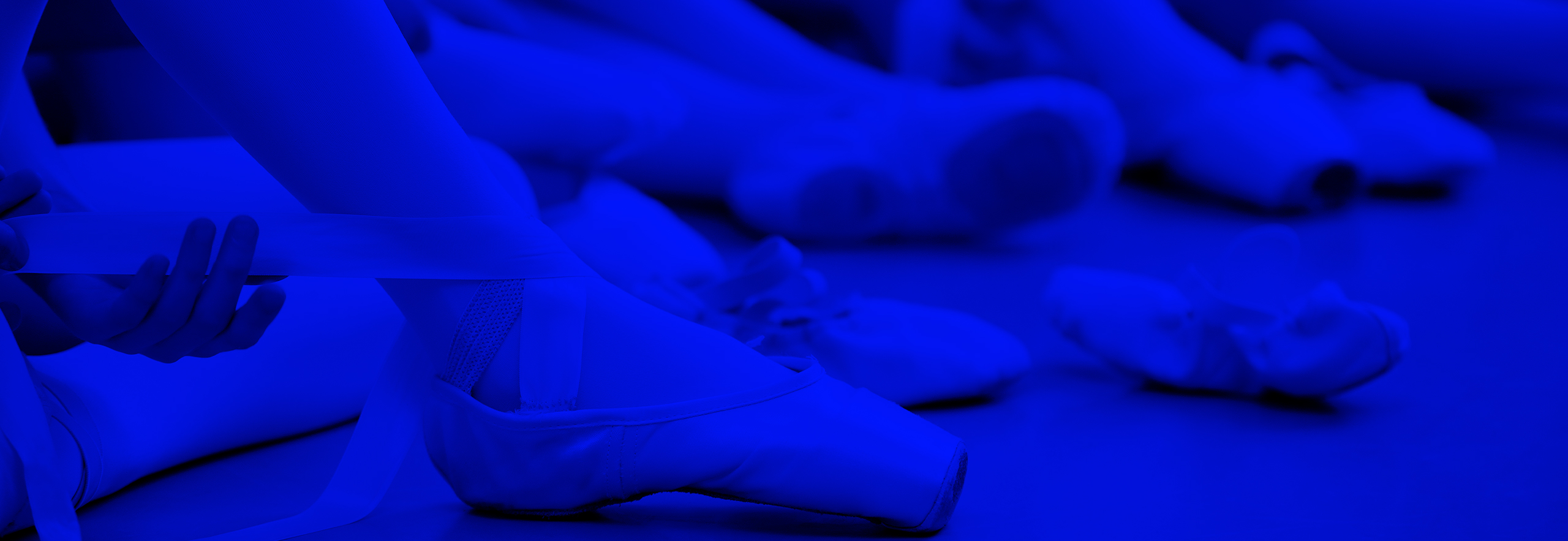What Is Patellofemoral Pain Syndrome (PFPS)?
Patellofemoral pain syndrome is pain in the front part of the knee, around the knee cap.
What Causes Patellofemoral Pain Syndrome (PFPS)? What Are Common Symptoms Of PFPS?
PFPS is a result of an imbalance in the muscles of the leg, which causes an abnormal pull at the knee cap. This can alter the tracking of the knee cap and cause irritation to the structures surrounding it. Someone presenting with PFPS will often have some combination of weakness in the muscles of the hip and/or foot, along with tightness through the hip and thigh. Sometimes however, it is less about weakness and more about how well we fire (or don’t fire) the muscles during an activity that can cause our knee pain. This is often the case during turnout, when the desired turnout requires more hip mobility and strength than we have, but we ‘force’ turnout to achieve the look we want.
Common symptoms of PFPS include:
- Pain around the kneecap
- Pain with grande plie and jumping
- Clicking/cracking around the kneecap
How Can Physiotherapy Help My Patellofemoral Pain Syndrome (PFPS)?
Physiotherapy can help treat your PFPS by first identifying the specific muscles that are contributing to YOUR symptoms and tailoring your treatment accordingly. Your physiotherapist may then employ a variety of hands-on skills such as massage, passive stretches, and mobilizations to the knee cap in order to decrease the tightness in relevant muscles and improve your pain. They will look at your passive and active turnout range and determine what factors (mobility and/or strength) are contributing to the difference between the two. You will be given a tailored exercise program aimed at strengthening the appropriate muscles and ensuring the correct muscles are firing throughout a grande plie and when you land from a jump. You may also receive treatments such as taping to control the tracking at the kneecap and/or acupuncture/dry needling.
How Can Massage Therapy Help My Patellofemoral Pain Syndrome (PFPS)?
Massage therapy can also be used to treat the tightness in the muscles of the hip, lower back and thigh that may be contributing to your symptoms. Registered massage therapists are highly skilled at muscle and fascial release techniques that are beneficial in reducing tone in the muscles contributing to your knee pain. They can also address any painful and tight muscles that develop from compensating (moving differently) due to your painful knee.
How Can Sports Medicine/Physiatry Help My Patellofemoral Pain Syndrome (PFPS)?
In some cases, your physiotherapist or registered massage therapist may recommend that you see a sports medicine physician for your knee pain. Your sports medicine physician is an important member of your rehabilitation team as they can order images for your knee (E.g. X-ray, MRI, ultrasound) to determine if there is something else underlying your knee pain, such as degeneration on the back of the knee cap (chondromalacia patella), or injury to your meniscus. They can also perform various specialized injections such as cortisone or Platelet-Rich Plasma (PRP) and provide medications both oral and topical.
How Long Does It Take To For Me To Recover From My Patellofemoral Pain Syndrome (PFPS)?
Timelines for recovery from PFPS can vary, and often depend on how long you had symptoms before seeking treatment and how irritable (easily bothered) your pain is. Generally, someone with newer symptoms can recover in 4-6 weeks. Someone who has been dealing with their knee pain for a while may take closer to 3 months before feeling like they are consistently on top of their pain. So, the sooner you start, the better!
What Are The Best Exercises To Help With My Patellofemoral Pain Syndrome (PFPS)?
The following are some exercises you can use to recover from your PFPS. Please keep in mind that these exercises were designed as a place to start to address your symptoms. These exercises should not be performed or continued if they cause or increase your pain in any way. Using these exercises for self-management of your symptoms does not replace the value of being assessed by a Health Professional. If you find you need help, let a Strive Health Professional help you, book your time today!
What Can I Do To Treat My Patellofemoral Pain Syndrome (PFPS) In The Studio And At Home?
- Avoid doing the things that aggravate your symptoms
- if your pain is always bothered by activities in 5th position, try avoiding this position for a while or reducing the range of your turnout temporarily to allow time for your symptoms to settle.
- You may need to decrease jumping and running.
- Muscle release to the iliotibial band (IT band) and thigh muscles
- This can include rolling the muscles out with a foam roller or rolling pin.
- Try to make sure you are not overloading your knee while outside of the studio too! This could look like not bending your knees past 90 degrees when sitting, not sitting cross-legged, or taking the stairs less.
Not Sure If Physiotherapy Is Right For You?
We are here to help! Call us at (416) 486-4776 to book a free 10-minute phone consultation with Grace Underwood, a Physiotherapist who is experienced with dance rehabilitation. She was a dancer like you and so she understands the unique needs of dancers. Schedule a time to chat with her to find out if Physiotherapy is right for you.

Written in 2021 by Danna Epstein Marcus, Registered Physiotherapist
Grace Underwood
BComp (Honours), MSc in Computing, MScPT
Registered Physiotherapist
Grace completed her Master of Science in Physical Therapy at the University of Toronto. Before physiotherapy school she obtained a Bachelor of Computing with a specialization in biomedical applications and a Master of Science in Computing from Queen’s University. After completing her physiotherapy education, she has completed courses in taping and dry needling. Grace is passionate about orthopaedic Physiotherapy and plans to continue her post-graduate education by pursuing courses in manual therapy, acupuncture, and sport physiotherapy.


